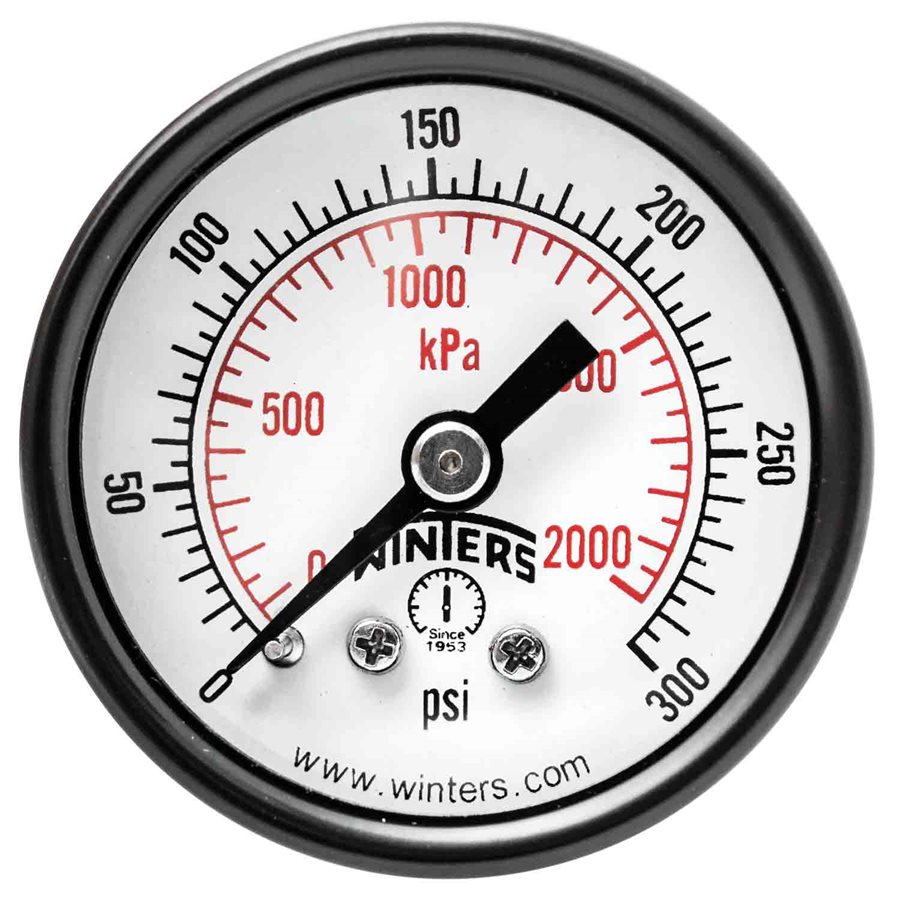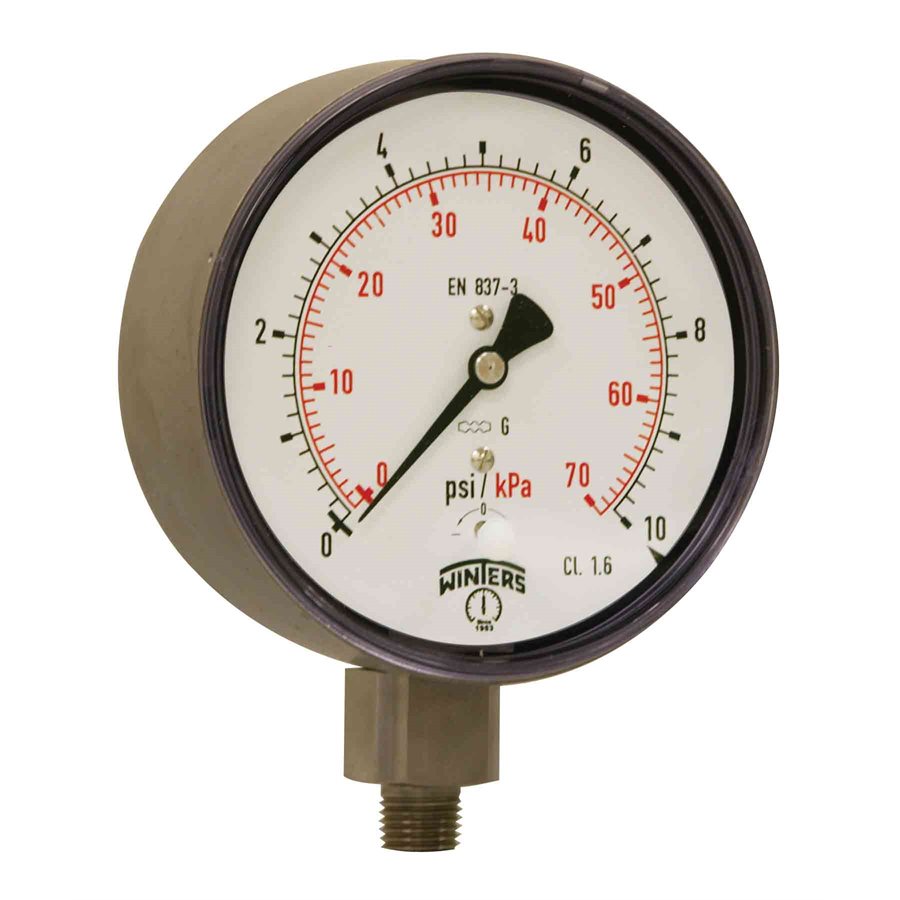

It is not one of the most used pressure units, which is. Kilopascal : The kilopascal (symbol:kPa) is a non-SI unit for pressure, and is a x1000 multiple of the Pascal unit. 30 Kilopascal (kPa) 4.35113 Psi (Psi) Visit 30 Psi to Kilopascal Conversion. For example, taller buildings are subjected to greater wind loads than shorter ones. You are currently converting Pressure units from Kilopascal to Psi. Shape of the structure - this refers to properties such as the structure's height, width, and geometry. Enter the maximum pressure that the pressure transducer will measure. This is the applied pressure measured by the pressure transducer that you wish to convert to a millivolt output reading. For instance, a wind hitting at 90° generates greater loads than the same wind at 45°. Enter the unit used for measuring pressure, e.g. Impact angle - the angle at which the wind hits the structure, measured from the horizontal. You can use the air density calculator to determine air's density at other conditions🌬 For conditions significantly different than these, it is better to use the local density value to get more accurate results. Wind speed - winds at higher speeds generate greater loads.ĭensity of the air - as a general practice, the air density is taken as 1.225 kg/m 3 / 0.0765 psi, which corresponds to a temperature of 15☌ / 59☏ and sea level altitude. The following are the key elements that influence lateral wind load: The unit is named after Blaise Pascal, the eminent French mathematician, physicist and philosopher. My Yaris Cross shows an orange warning when the rear tyres drop to 30 or below. The definition of a pascal is as follows: The pascal (symbol Pa) is the SI unit of pressure.It is equivalent to one newton per square metre. more about mass and weight (force) Example - Convert from 10 psi to Pa. Prius Plug-in, 195/65 R15, 2.5 bar or 36 psi, 2.4 bar or 35.

Mass must be multiplied with gravity g to be a force (weight). In this article, we're only focusing on this last type, the lateral wind load. 1 Torr 1 mm Hg Note - pressure is 'force per unit area' and commonly used pressure units like kg/cm 2 and similar are in principle not correct since kg is a mass unit.
30 PSI TO KPA WINDOWS
Air entering through windows or other openings can flow beneath the roof and push it upwards. Uplift load - this wind load on roofs generates a lifting effect.Air carries energy as it moves freely through space, and when it encounters a barrier, such as a wall, this energy is suddenly applied against its surface in the form of force or pressure (force per unit of area). In simple terms, wind load is the force or pressure that wind exerts on the outside of a structure.


 0 kommentar(er)
0 kommentar(er)
